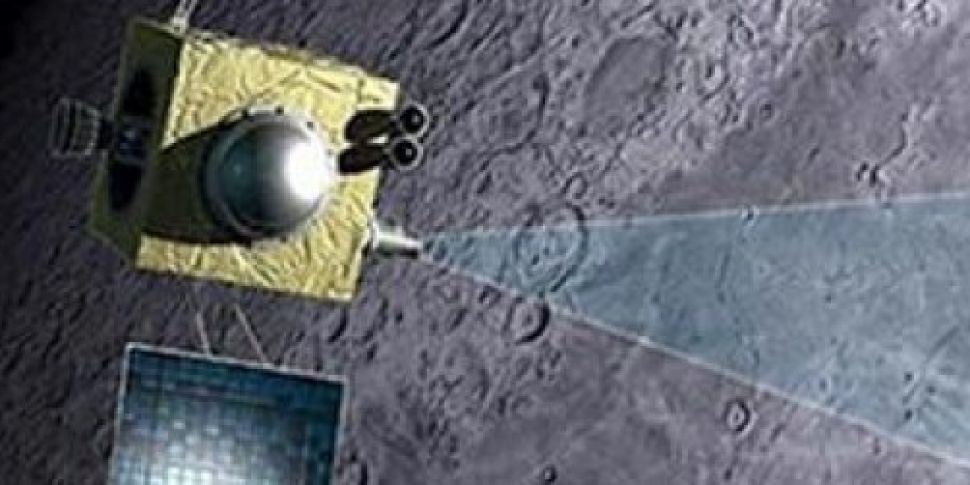India's first unmanned lunar spacecraft which was considered "lost" in 2009 has now been located by a NASA radar.
The cube-shaped Chandrayaan-1 - roughly half the size of a Smart car - was discovered orbiting the moon almost 200km above the surface.
The satellite - measuring about 5 feet tall on each side - had circled the moon more than 3,400 times since it was successfully launched on 22 October, 2008.
But its mission ended when radio contact was lost on 29 August, 2009. It had been expected to operate for two years and had been experiencing technical problems before contact was lost.
However, NASA's Jet Propulsion Laboratory (JPL) in Pasadena, California, has located it after trying out new ways to find objects in space.
Due to its relatively small size, the Chandrayaan-1 was an ideal candidate.
Scientists used a new ground radar to locate two spacecraft, including the Chandrayaan-1.
JPL radar scientist Marina Brozovic said: "We have been able to detect NASA's Lunar Reconnaissance Orbiter (LRO) and the Indian Space Research Organisation's Chandrayaan-1 spacecraft in lunar orbit with ground-based radar.
"Finding LRO was relatively easy, as we were working with the mission's navigators and had precise orbit data where it was located.
"Finding India's Chandrayaan-1 required a bit more detective work because the last contact with the spacecraft was in August of 2009."
While interplanetary radar has been used to see small asteroids several million miles from Earth, researchers were not sure if an even smaller object as far away as the Moon could be detected.
Such objects are especially hard to find because the Moon has regions with high gravitational pull that can significantly alter a craft's orbit.









